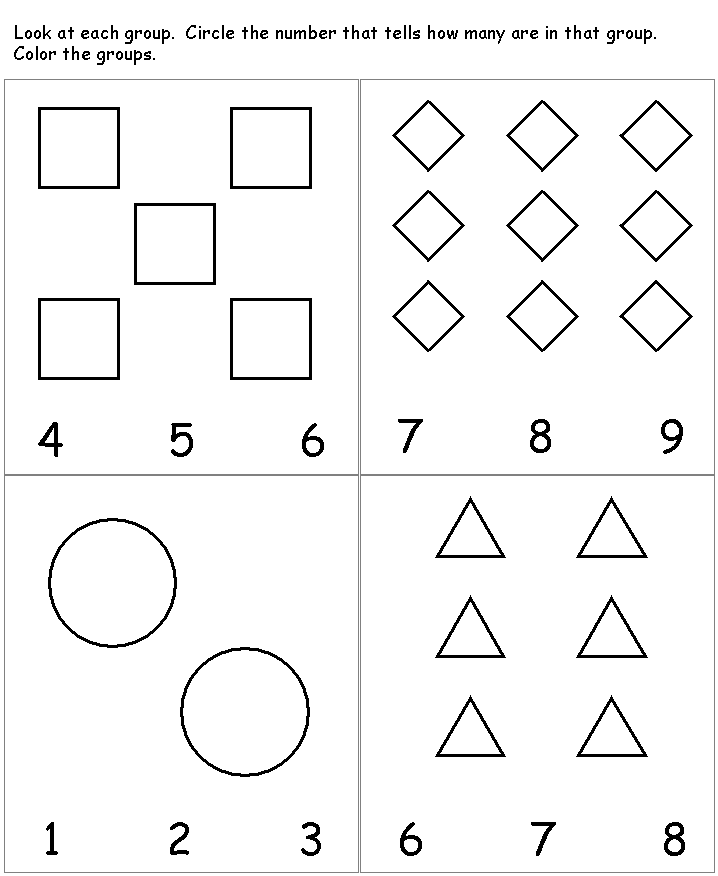Fun games for 5 year olds: 23 fun games for 5-year-olds
23 fun games for 5-year-olds
Playing is how children learn about the world around them, games are an essential part of any child’s education — even if they seem like nothing more than a fun way to spend time with siblings and friends. The next time kids are bored or have friends over to play, break out one of these 23 fun games for 5-year-olds. Watch how much fun they can have learning and playing at the same time.
Board games for 5-year-olds
1. Feed the Woozle
Image via Kohl’s
When playing Feed the Woozle, children feed the Woozle a variety of yucky snacks. Throughout the three levels, children use their fine motor skills and learn how to cooperate with other players.
Where to buy: Feed the Woozle ($22, Kohl’s)
2. Scrabble Junior
Image via Walmart
One side of the Scrabble Junior game board calls for kids to recognize and match letters to spell predetermined words while the other side encourages them to spell simple words on their own.
Where to buy: Scrabble Junior ($15, Walmart)
3. Candy Land
Image via Amazon
This board game teaches kids how to take turns and deal with potentially disappointing setbacks, such as drawing the gingerbread boy card. Candy Land also allows your 5-year-old to practice counting and identifying colors.
Where to buy: Candy Land ($12, Amazon)
4. Zingo
Image via Amazon
Inspired by Bingo, Zingo teaches children vocabulary, matching, cooperation, memory and concentration skills.
Where to buy: Zingo ($21, Amazon)
5. Hoppers
Image via Amazon
In the peg solitaire game Hoppers, children age 5 and up will strengthen sequential reasoning skills through fun gameplay and a number of multilevel challenges.
Where to buy: Hoppers ($15, Amazon)
6. The Ladybug Game
Image via Amazon
The Ladybug Game, an award-winning interactive game, requires players to feed ants, escape aphids and praying mantis and help get ladybug home safely, all while learning some basic math concepts.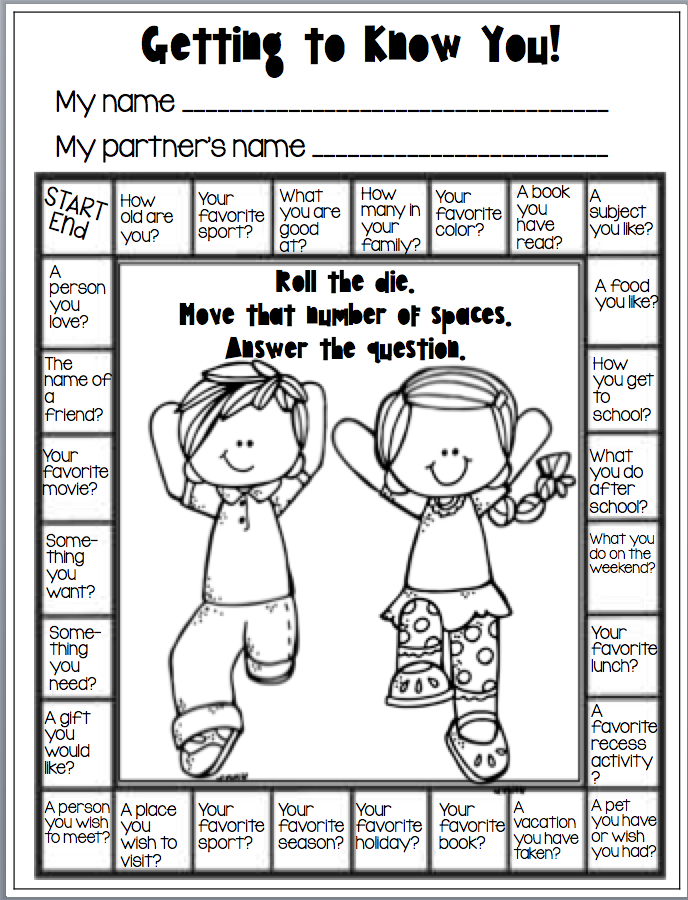
Where to buy: Zobmondo!! The Ladybug Game ($25, Amazon)
Physical games for 5-year-olds
7. Found It!
Image via Amazon
This Found It! indoor scavenger hunt game gets players up, active and running around even when you’re stuck inside. They make other versions of this game for outdoors and travel fun too!
Where to buy: Skillmatics Found It! (Indoor Edition) ($15, Amazon)
8. Wiggle & Giggle
Image via Walmart
Players must follow the directions to complete a series of active and balancing moves without dropping a game ball in Wiggle & Giggle.
Where to buy: Wiggle & Giggle ($17, Walmart)
9. Beanbag toss
Image via Lakeshore
You can purchase a beanbag toss game or cornhole set, but you can also make one yourself! Check out this DIY beanbag toss game from Crafty Carnival. All you have to do is paint images on cardboard and cut openings in strategic spots.
Where to buy: Beanbag Board ($100, Lakeshore)
10. Dodge Tag
Image via Target
In Dodge Tag, inspired by dodgeball but with safety in mind, children wear vests with “sticky” targets on them. Players get active throwing soft balls at each other in an effort to try and get them to stick to their opponent’s vest.
Where to buy: Diggin Dodge Tag ($24, Target)
DIY games for 5-year-olds
11. Tic-tac-toe
Create your own tic-tac-toe set using rocks, paint and paper straws or wood dowels! Jodie and Jen have full how-to instructions for a DIY tic-tac-toe set on Eighteen25.
12. Milk Jug Catch
Cut the bottom off a few plastic gallon milk jugs and line the cut with masking or painter’s tape, per the DIY instructions on Handy With Scissors. Grab some balls or bean bags, and kids have a fun game of catch.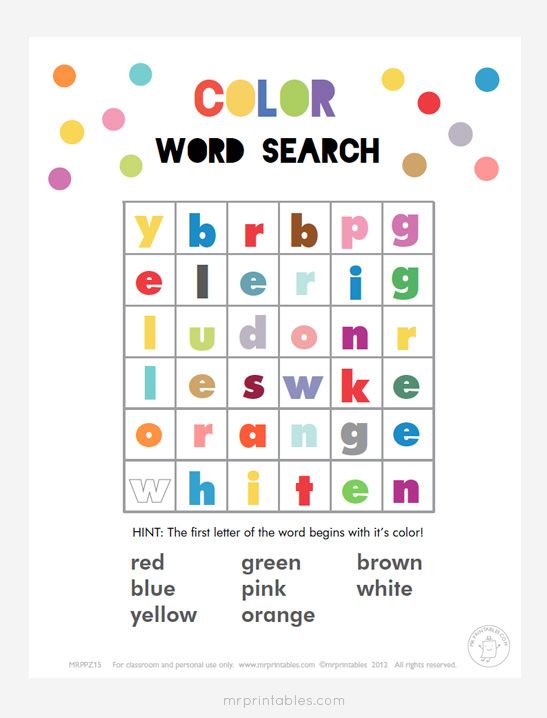
13. Glow-in-the-dark ring toss
Image via Oriental Trading
Turn a simple pack of glow-in-the dark necklaces into a very cool game of glow-in-the-dark ring toss. Press a dowel into the ground and let kids play the classic game of ring toss using glow-in-the-dark necklaces. Here’s how Heather at Passion for Savings DIY’d glow-in-the-dark ring toss.
Where to buy: Glow Necklace Party Pack – 12 Pc. ($8, Oriental Trading)
14. Velcro catch ball
Turn peel-and-stick Velcro, a small wiffle ball and some cheap cotton mittens into an awesome DIY Velcro catch ball game via Makezine. Now you have a very fun game of catch even for the littlest kids.
15. Knock the cans
Peel the labels off of clean tin cans, decorate them with stickers and then line them up. The objective of the game is to try to knock down as many cans as possible, using a beanbag or soft ball. You can find free printable can wraps on Paging Supermom.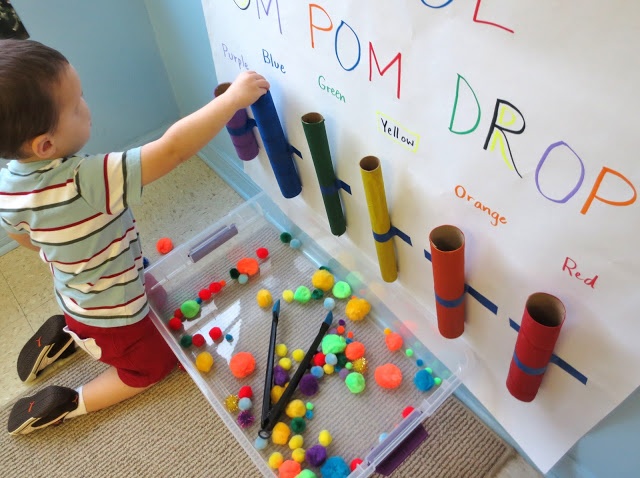
Indoor games for 5-year-olds
16. Monkeying Around
Image via Amazon
Monkeying Around is a balancing game that requires children to hang monkeys from a tree, which encourages them to use patience and hand-eye coordination.
Where to buy: Monkeying Around ($15, Amazon)
17. Race to Lose a Tooth
In this race to lose a tooth counting game from Toddler Approved, children line up marshmallow “teeth” in a pink paper “mouth,” roll a die and remove the corresponding number of marshmallows from their mouth. The first player to “lose” all their teeth wins.
18. Ice Cream Tower
Image via Amazon
Players use stacking, balancing and problem-solving skills to load scoops and scoops of “ice cream” in the Ice Cream Tower game.
Where to buy: Ice Cream Tower ($14, Amazon)
19. Animal charades
Charades is a great game for budding 5-year-olds to practicing using their imaginations and problem-solving skills.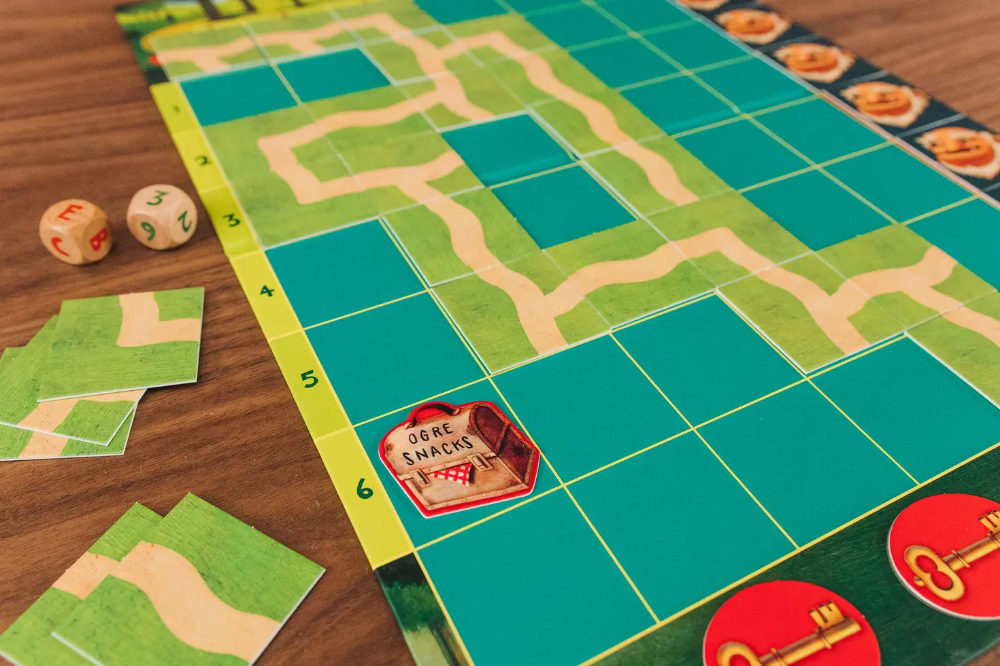
Educational games for 5-year-olds
20. Silent Skittles or M&Ms game
Looking for an option for a quieter game time? Try this silent Skittles or M&M’s game from Pint-Sized Treasures. Each candy color is assigned a point value, and — eyes closed! — teams take turns taking a single candy from the bowl. The team that has the most points when all the candy is gone wins.
21. Crazy Cereal
Image via CM School Supply
In Crazy Cereal, children practice color matching by scooping pieces of “cereal.”
Where to buy: Crazy Cereal ($24, CM School Supply)
22. Trampoline alphabet games
Image via Hands On as We Grow
Check out these brilliant trampoline learning games that help kids recognize the letters in the alphabet while getting them active, too.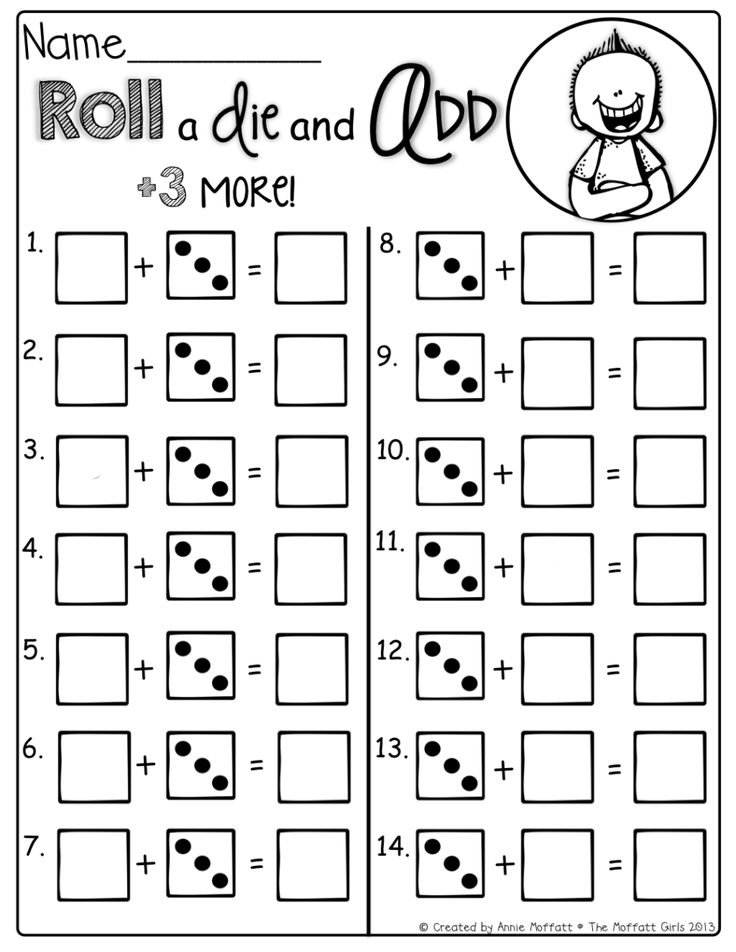
23. Alphabet Memory
Image via Rainbow Resource Center
The cards in Alphabet Memory represent different letters of the alphabet. Kids get to learn and practice recognizing letters, making letter sounds, differentiating between upper- and lower-case letters and matching.
Where to buy: Alphabet Memory ($12, Rainbow Resource Center)
25 Fun and Inventive Games for Five-Year-Olds
// by Seda Unlucay
By age five, most children are able to form complex sentences and understand jokes more easily. They may be able to read independently, play group sports, and are eager to share all that they are learning with others.
This series of engaging family board games, messy and colorful crafts, literacy and numeracy activities, and fun physical challenges will help strengthen their growing mental and physical abilities while improving their memory and attention spans.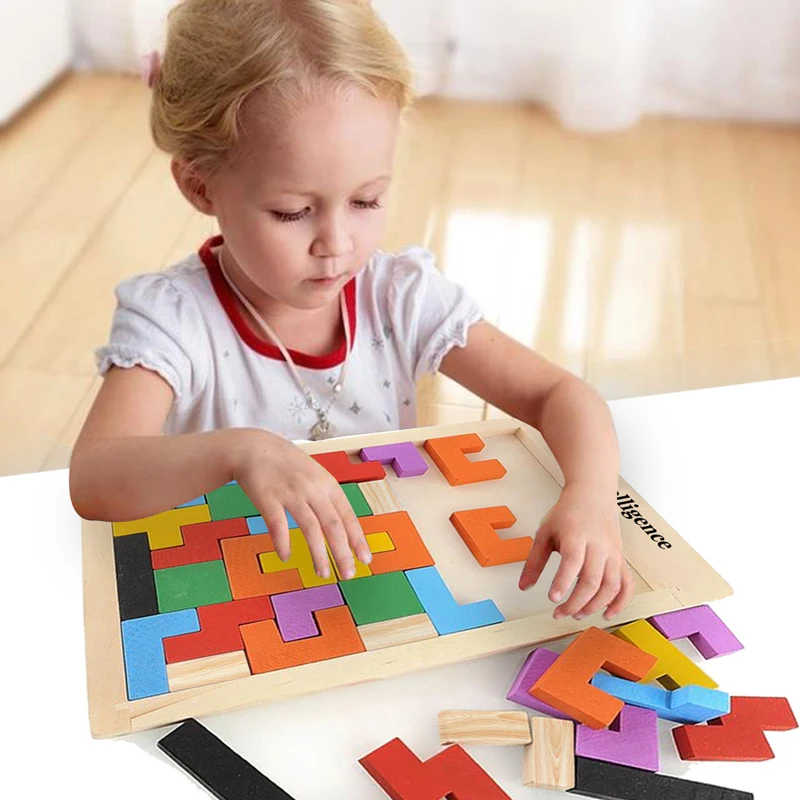
1. Get Creative With Googly Eyes
Kids will love using googly eyes of various shapes and sizes to create their own unique animals and creatures, making for hours of fun craft time.
Learn more: Mess for Less
2. Try a STEM Challenge
These 4th grade STEM challenges are a great opportunity to develop problem-solving skills.
Learn more: Teaching Expertise
3. Make Your Own Kinetic Sand
Your young learner will love getting their hands dirty with this glittery and vibrant kinetic sand. After choosing the colors and mixing the ingredients, they are ready for tons of fun creating beautiful 3D art.
Learn more: Crafty Morning
4. Play a Game of Brain Freeze
Shop Now on Amazon
This cooperative board game is intended for 2-4 players and combines elements of Guess Who and Mastermind to create a unique game your five-year-old is sure to love.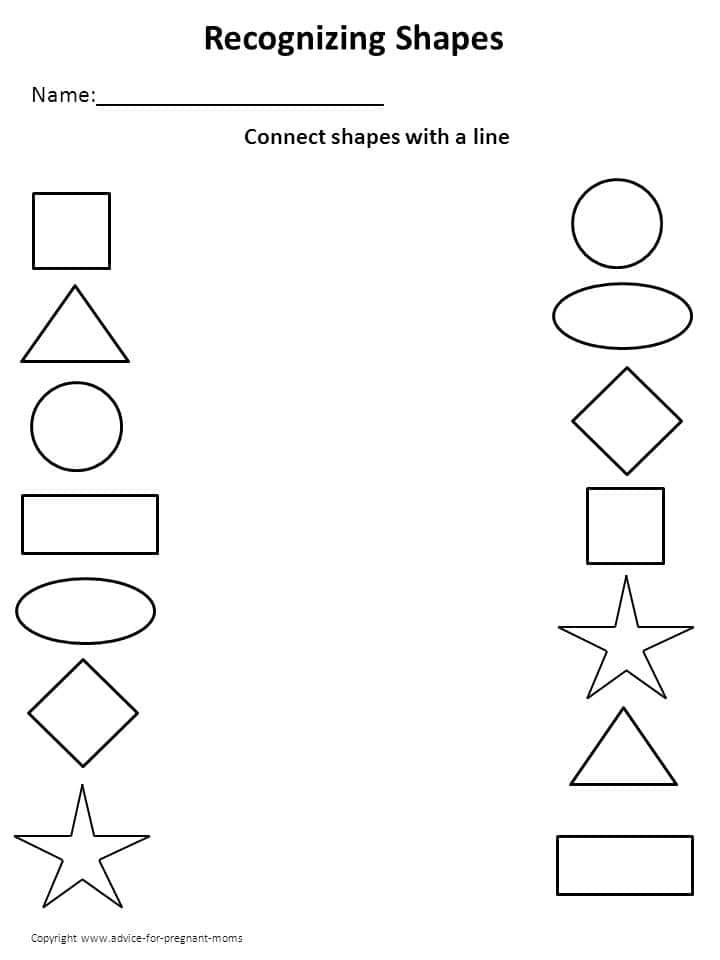
5. Play a Game of Bubble Wrap Hopscotch
Kids are sure to love this game of hopscotch made out of bubble wrap. It’s a kinesthetic way to develop math skills and a fun indoor physical activity for rainy days.
Learn more: Craftaphile
6. Have Fun with an Egg Decorating Craft
After collecting a variety of loose parts such as gems, straws, buttons in bright colors, or wooden shapes, your five-year-old is sure to have tons of fun decorating their egg pattern mat.
Learn more: Picklebums
7. Play a Classic Game of Scrabble Junior
Like the adult version, this junior version of Scrabble builds familiarity with the alphabet, allows for plenty of practice forming sentences, and develops reading, writing, and reasoning skills.
Learn more: The Spruce Crafts
8.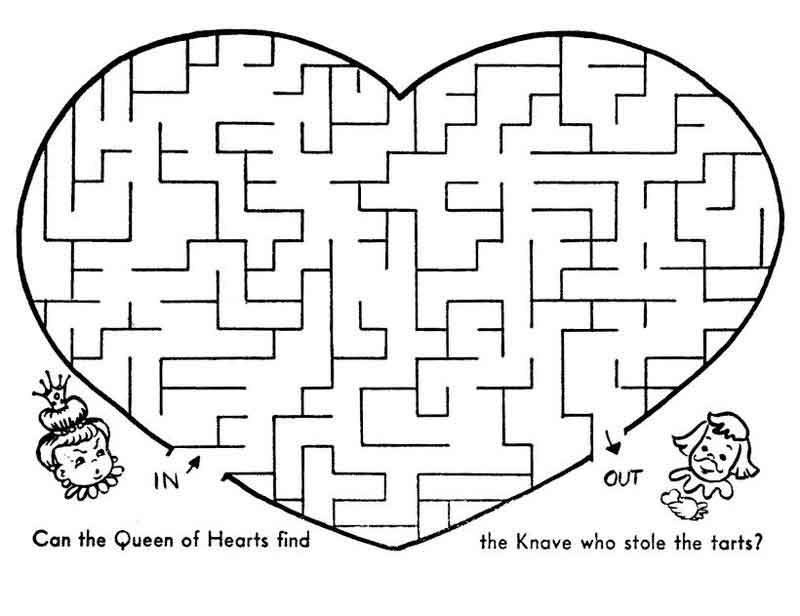
What better way to develop basic math skills than with some cookie fun? This is a great, hands-on activity for learning about 2D shapes. It is also a wonderful way to develop analytical thinking skills as learners are challenged to match each shape with its proper cookie piece.
Learn more: Teaching Mama
9. Play an Alphabet Phonics Hunt Game
After placing each letter on an object in your house which begins with the corresponding letter sound, invite your preschooler to go on an exploratory phonics hunt. This is a terrific way to develop attention skills while strengthening spatial memory skills.
Learn more: Meaningful Mama
10. Play an Activity-Based Game of Animal Charades
Designed with colorful animal art, this simple game of charades is a fun way to incorporate physical activity into your child’s day while letting their imaginations run wild!
Learn more: Buggy and Buddy
11.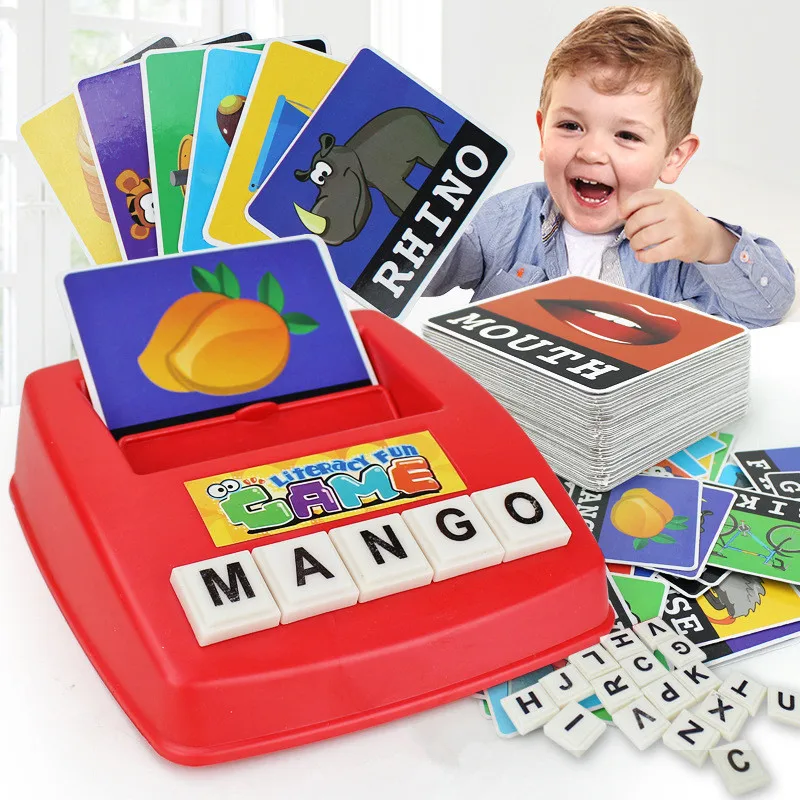
Monopoly Junior is an iconic and award-winning board game for good reason. Like the adult version, this junior version is ideal for 2-4 players and incorporates a kid-friendly game board with places such as the Zoo and Ice Cream Parlour. It’s an engaging way to teach basic math skills such as counting, organizing, and spending their earnings.
Learn more: Hasbro Shop
12. Play a Balancing Game
Five-year-olds will love walking on lines backward, straight, zig-zag or hopping. This simple outdoor game is also a great way to build motor coordination and balance skills while giving preschoolers a chance to come up with their own creative movements.
Learn more: Kinder Care
13. Play a Classic Card Game
Old Maid is an engaging game with simple rules that is excellent for building social development skills such as sharing, taking turns, and cooperative play.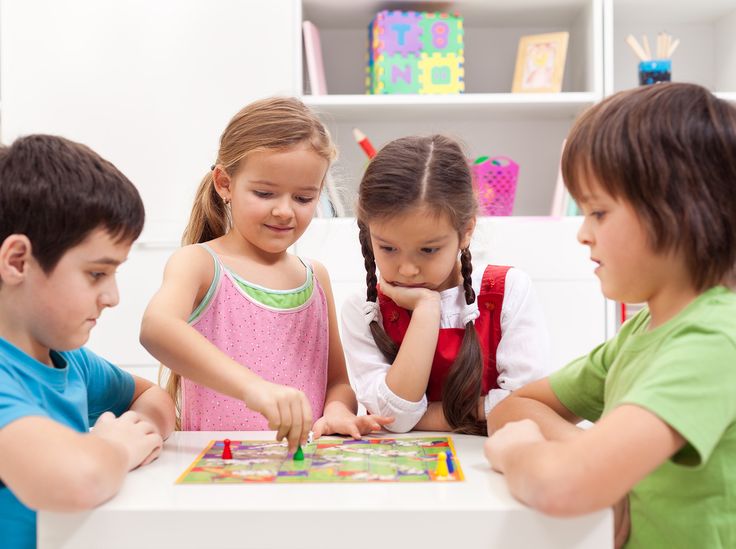
Learn more: Kidspot
14. Bubble Wrap Body Slam
After wrapping your kids in bubble wrap, have them use their bodies to create art against a wall covered with a canvas. This is also a perfect game for testing their physical development and developing color knowledge.
Learn more: The Chaos and the Clutter
15. Have Fun With a Verbal Intelligence Game
Why not combine the fun of a treasure hunt with sight words? Your preschooler is sure to love hunting for the sight words hidden inside their rice-filled sensory bag. A great extension activity is to have them spell, write and repeat each word as they find it.
Learn more: Hands On As We Grow
16. Play an Educational Online Game
National Geographic has a whole host of educational online games to choose from. This leaf identification game is a creative way to incorporate the natural world into your science education.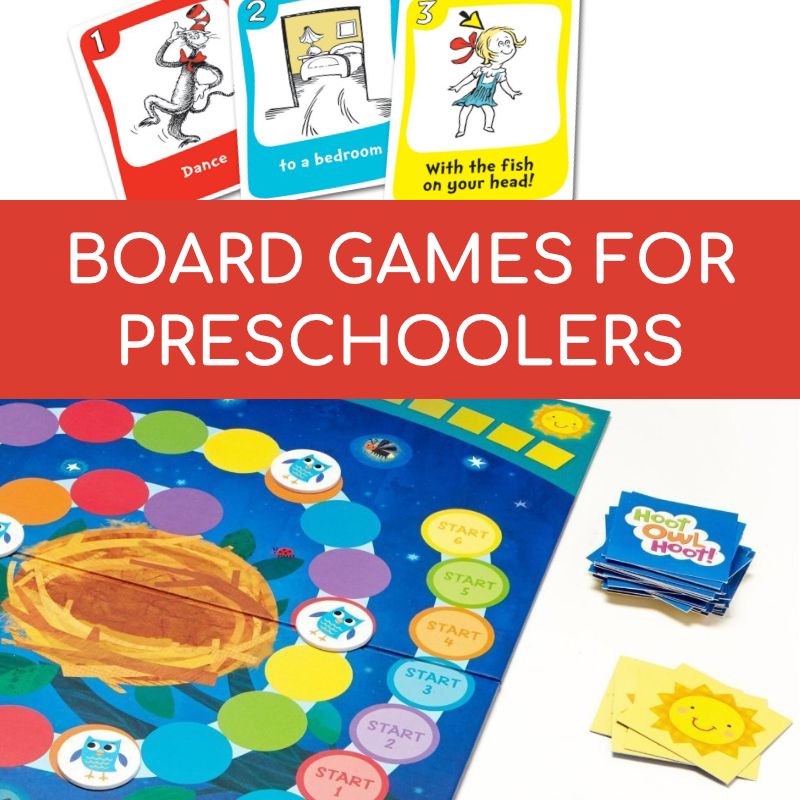
Learn more: National Geographic Kids
17. Develop Reading and Writing Skills With Sight Words
Why not print out these core 100 sight words and practice creative ways to memorize them such as painting, looking for them in a book, or spelling them out with playdough? There’s no better way to help your young learner develop the necessary reading and writing skills they will need for Kindergarten.
Learn more: Teaching Expertise
18. Number Bonds to 10 Egg Game
This educational matching game for children makes for a great way to practice math skills without pesky worksheets! It’s a hands-on way to understand the concept of number bonds to ten.
Learn more: The Imagination Tree
19. Cutting Practice With a Princess Doll
Your young learner will get plenty of fine motor practice cutting and brushing this adorable doll’s hair.
Learn more: Lalymom
20.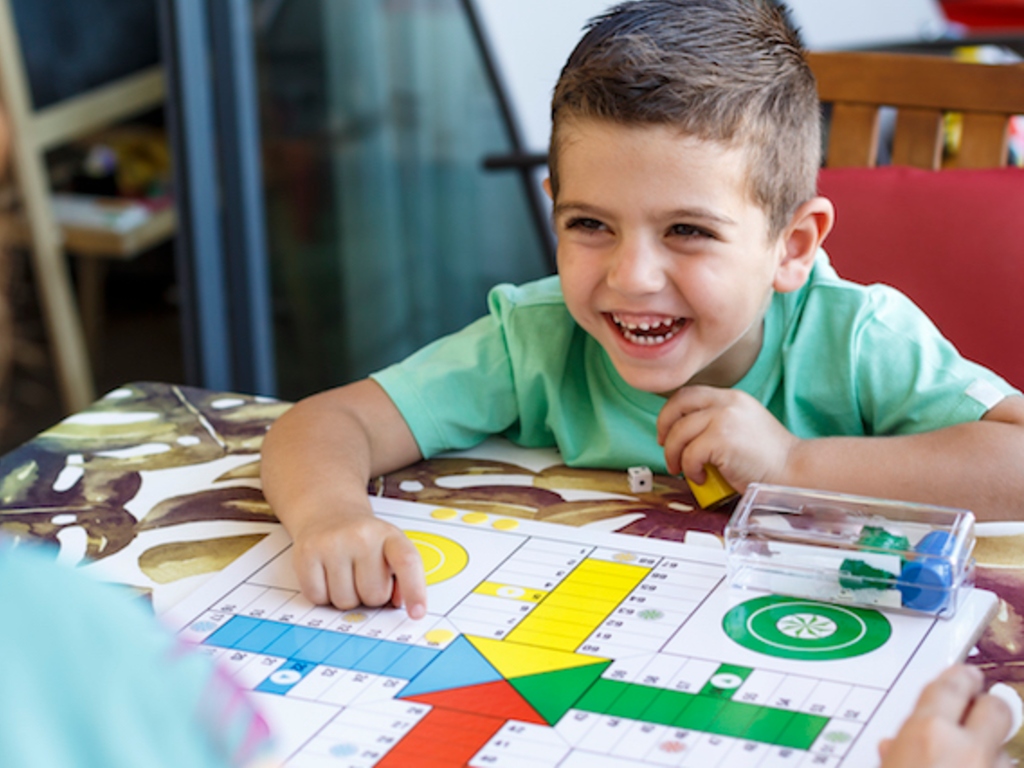
This science investigation challenges learners to waterproof a boot. After coloring in the sheet, you can cover it with different materials and then spray each with water to discover which ones are actually waterproof.
Learn more: Science Sparks
21. Make a Bubble Wrap Salt Dough Heart Craft
This creative craft combines a bubble wrap texture with salt dough to create a beautiful heart decoration, gift, or keepsake.
Learn more: Red Ted Art
22. Sharpen Math Skills with an Egg Carton Flower Game
This fun matching game requires young learners to solve a series of additional problems and then find the flowers with the matching answer.
Learn more: Sparkling Buds
23. DIY Bucket Ball
This fun outdoor game requires only a few plastic buckets that can be played with beanballs or bouncy balls. Every time a player gets a ball into a bucket, they get to take that bucket away.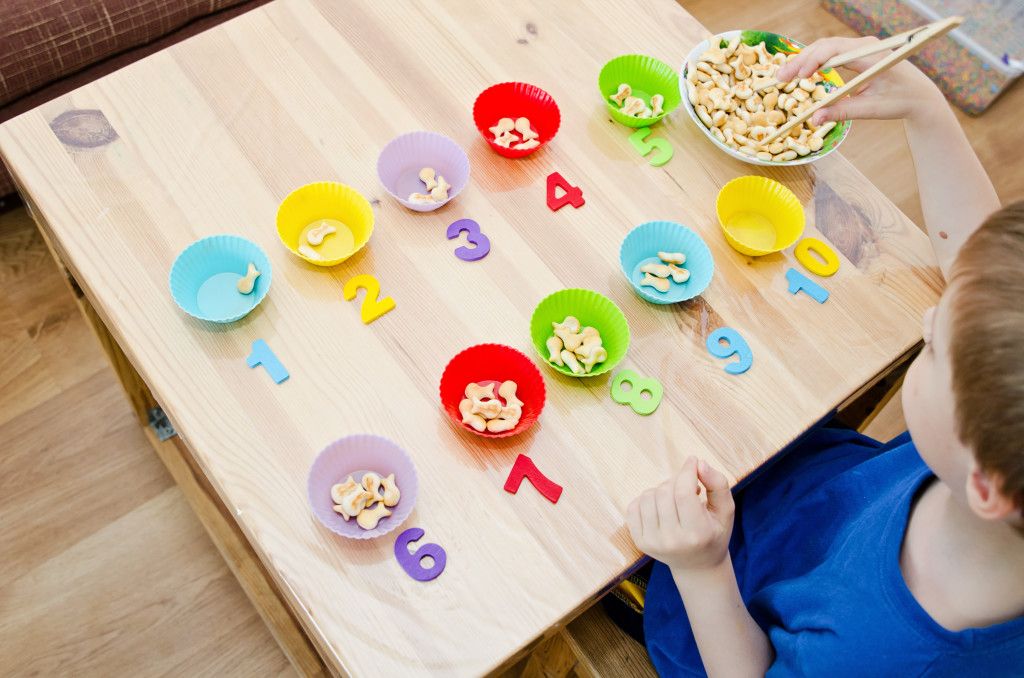
Learn more: Play at Home Mom LLC
24. Learn About Color Mixing
This color mixing activity is an excellent way to learn about color theory and primary and secondary colors while giving learners an opportunity to create their own unique color mixtures.
Learn more: No Time for Flashcards
25. Make a Printable Five Senses Book
Students can assemble this predictable sight word book themselves, motivating them to read, write and learn about the world through their senses.
Learn more: Still Playing School
Related posts:
Category: Classroom Ideas
23 fun outdoor games for children 4-5 years old
Outdoor games for children 4-5 years old develop dexterity, attentiveness, and the ability to act in a team.
Outdoor games for children aged 4-5 are liked by all children.
Game 1. Jump to the flag!
5-6 children on one side of the playground.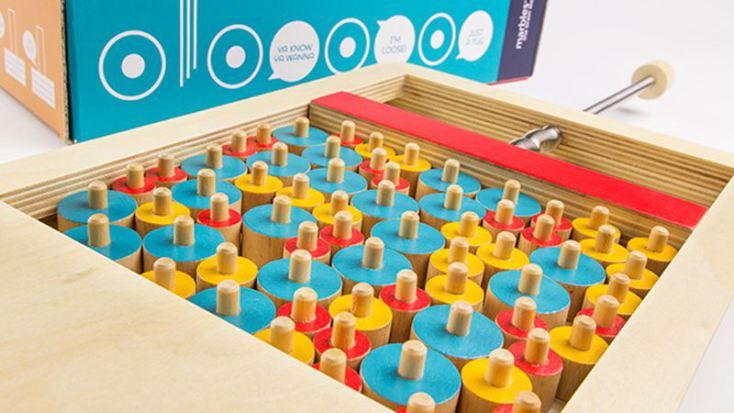
“Jump-jump, jump-jump,
Here it is, your flag.”
At the end of the words, the kids raise the flags up, wave them, put them down and go back. The next 5-b children come out.
ATTENTION! SIGN UP FOR COURSES! SET IS GOING!
More details on the page: https://academy.multi-mama.ru/product/multi-predlozhenie/
Rules: move towards the flag by jumping on two legs, you cannot run; while jumping, observe the direction, take your flag; the one who raises the flag first wins.
***
Game 2. Horses
Children have horses on a stick. Children gallop across the playground in different directions to the lyrics of the song:
“Clock! Tsok! Tsok! Tsok! I am a gray horse. I knock with my hooves. If you want, I’ll ride.”
I. Mikhailova
When the words end, the children walk around the playground and sit down on benches, stumps, trees.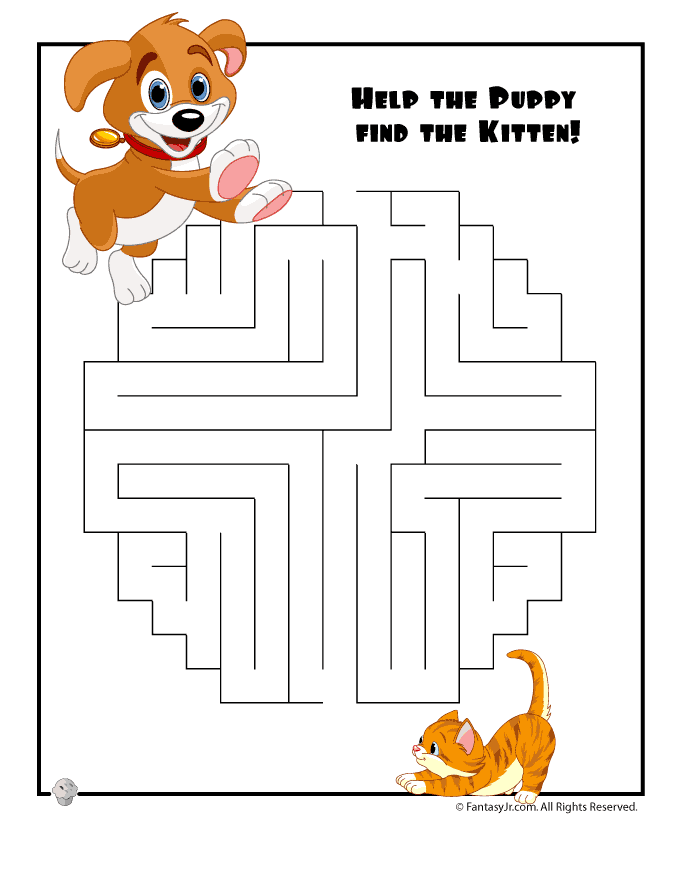
Rules: in the canter try to bring one foot closer to the other; coordinate the gallop steps with the rhythm of the song. nine0003
***
Game 3. Skittles
The game uses plastic skittles. They are installed at intervals of 10-15 cm from each other. Children roll one ball at a time from a distance of 1-1.5 m.
The teacher marks which of the children hits the skittles; helps those who do not succeed, without fixing attention on the loss.
***
Game 4. Roll the ball
Children are given multi-colored balls or small balls (6-8 cm in diameter) and are invited to roll them to a flag (line) located at a small distance from the children. nine0003
The teacher notes those who roll the ball well, encourages those who did not cope with the task, gives the opportunity to roll the ball again and again. When the children roll the balls several times, the teacher offers to collect them all in a basket.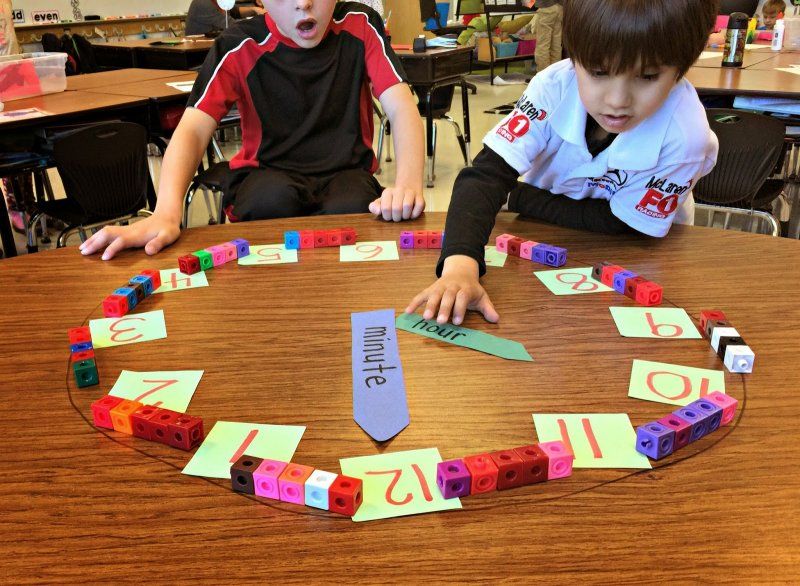
***
Roll the hoop
Three or four children face the teacher at a distance of 1.5-2 m. The teacher rolls the hoop towards each child in turn, he catches him and rolls back to the teacher.
When the children are good at rolling and catching the hoop, they can play with each other on their own.
***
Game 6. Roll the ball to your flag
A line is drawn on one side of the playground or room, beyond which the children stand. On the opposite side, at a distance of 1-1.5 m, flags are placed, different in color. The teacher distributes balls of two or three colors to the children, corresponding to the color of the flags. Then he offers to see what color each ball has, stand against the flag of the same color and roll the ball to it. When all the children have rolled the balls, the teacher asks to put them in a basket, and then distributes them to the children again, and the game is repeated.
nine0003
***
Game 7. Ball in a circle
Children sit on the floor in a circle. The teacher gives the ball and offers to roll it from one to the other, pushing it with both hands.
Rules: stop the ball with the hands, avoiding touching the feet; do not delay for a long time, try to immediately roll back to another.
***
Game 8. Hit the gates
With the help of the teacher, children are distributed in pairs and stand at a distance of 4-6 steps from one another. Between each pair in the middle there are gates – from cubes, skittles or twigs. Each pair receives one ball and rolls it to each other through the goal. nine0003
Rules: roll the ball without hitting the goal; repel vigorously with one or two hands (as directed by the teacher).
***
Game 9. Who will throw the bag farthest
5-6 children stand on one side of the playground behind a drawn line or a laid rope.
Each has four balls or sandbags. At the signal of the teacher, the children throw but 2 times with their right and left hands, then run to the balls, pick them up and come back.
Rules: it is obligatory to throw with one and the other hand; run after the bags only on signal. nine0003
***
Game 10. Hit the circle
Children stand in a circle at a distance of 2-3 steps from a large hoop or circle lying in the center (made of rope or drawn on the ground) with a diameter of 1-1.5 m • Children have sandbags or other throwables in their hands. On a signal, they throw objects into the circle with their right and left hands; on another signal, they take them out of the circle. The teacher notes those who managed to get in.
Rules: throw and catch only on signal; try to get into the hoop; throw with one, while repeating with the other hand. nine0003
***
Game 11. Throw it up
The teacher distributes balls with a diameter of 12-15 cm to the children and offers to play with them, throwing them up and trying to catch them after the throw.

Rules: first throw low to be able to catch; catch the ball with the hands, without pressing it to the chest; if the ball has fallen, it can be picked up and the exercise continued.
***
Game 12. Hit the target kolobok, hare with a basket). nine0003
In front of the targets at a distance of 1.5-2 m, a strip 40 cm wide is marked. On it, in front of each target, there are buckets with balls, cones, sandbags. 2-3 children stand up to the buckets, take objects and throw them at the target with one and the other hand. They collect thrown objects in buckets, other players come out.
Rules: throw on signal with the hand indicated by the teacher; collect items after everyone has thrown; perform throwing without leaving the lane.
***
Game 13. Mother hen and chicks
The children pretend to be chickens, and the teacher is the hen.
On one side of the room or platform there is a fenced off place, this is a house (a rope with flags strung on it is stretched between trees or posts at a height of 40-50 cm).

A hen with chicks is placed in the house. The mother hen goes in search of food. After a while, she calls the chickens: “Ko-ko-ko-ko.” At this signal, the chickens crawl under the rope, run to the hen and walk around the site with her. nine0003
After all the children crawled under the rope and ran a little around the playground, the teacher says: “Big bird!”
All the chickens run home.
The game is repeated several times.***
Game 14. Chickens in the garden
In the middle of the playground, a small space is limited by cords – a garden. On one side of it is the watchman’s house, on the other, a chicken coop, in which chickens are children. The role of the watchman is performed by the teacher or one of the children. At the signal “hens are walking”, the children crawl under the cords and walk in the garden, look for food, and run. nine0003
The watchman notices the chickens and drives them away – he claps his hands, saying “shoo, shoo”.
Chickens run away – crawl under the cord and hide in the house. The watchman goes around the garden and also returns home.
***
Game 15. Birds in nests
There are different versions of this game. Read more about the outdoor game Birds in the Nests.
3-4 nests are arranged at different ends of the site or room (with the help of rails or building material). Bird children are placed in nests. At the signal of the teacher, they fly out of the nests (step over an obstacle) and scatter all over the site. The teacher feeds the birds on one or the other side of the site: the children squat down, hitting their knees with their fingertips (pecking food). nine0003
After that they run a little more, and then the teacher says: “Birds, to the nests.” Children run and, again stepping over obstacles, occupy their nests.
The game is repeated 4-5 times. When repeating, you can introduce an additional movement, for example, suggest first jumping out of the circle on two legs, and then flying.

Note. In winter, when the game takes place on the site, the teacher draws nests in the snow; to make them more clear and elegant, it is recommended to circle them with water tinted with bright paint. nine0003
***
Game 16. Mice in the pantry
Mice children sit in burrows – on chairs or on benches placed along the walls of the room or on one side of the playground. On the opposite side of the site, a rope is stretched at a height of 40-50 cm. This is a pantry. A cat sits to the side of the players, the role of which is first played by the teacher, and then by the children. The cat falls asleep and the mice run to the pantry.
Penetrating into the pantry, they bend down so as not to touch the rope. There they sit down and seem to gnaw on crackers or other products. The cat suddenly wakes up, meows and runs after the mice. The mice run into the burrows (the cat does not catch the mice, but only pretends to want to catch them). Returning to its place, the cat falls asleep, and the game resumes.
nine0003
In the second half of the year, when the children learn the rules, a complication can be introduced: the mice caught skip one game (they remain sitting on the chairs in the cat’s house), and play again during the subsequent repetition.
***
Game 17. On a flat path.
Children sit on chairs, benches or on the grass. The teacher invites them to go for a walk. They get up from their place, freely grouped or built in a column.
The teacher speaks rhythmically, at a certain pace, the following text:On a flat path,
On a flat path
Our feet are walking:
One, two, one, two.
Pebbles, pebbles,
Pebbles, pebbles…
In the pit – bang!At the words “On a flat path”, the children walk at a pace. When the teacher says: “On the pebbles, on the pebbles,” they jump on two legs, slightly moving forward. To the words “In the pit – bang!” squat down. “We got out of the hole,” the teacher says, and the children get up.
The teacher repeats the poem. After two or three repetitions, the teacher pronounces the following text:
On a flat path,
On a flat path
Our legs are tired,
Our legs are tired.
This is our house – We live there.At the end of the text, the children run to the chairs and each take their place. After a short break, the game resumes from the beginning.
***
Game 18. Bird and chicks
The teacher invites the children to play and explains: “I will be a bird, and you are my chicks.” She draws a big circle and says: “What a big nest the bird has! Get into it!” nine0003
Children enter the circle and squat down. The teacher gives a signal: “Let’s fly, fly for food.” The chicks jump out of the nest and fly all over the room, the mother bird flies with them. Then she says, “Let’s fly home.” The chicks are flying home.
The game is repeated several times at the teacher’s discretion.
***
Game 19.
Take care of the object
The players form a circle. They stand with their legs slightly apart and their hands behind their backs. At the feet of each child is a cube (or other object). One child – the driver is in the middle of the circle. The driver tries to take a cube from one or another child. Wanting to save him, the player, to whom the driver rushes, crouches, closes the cube with his hands and does not allow him to touch it. As soon as the driver leaves, the player gets up. The child who has not defended his cube leaves the circle. Oi is temporarily out of the game. nine0003
When the driver manages to take the cube from two or three players, a new driver is appointed.
When the driver changes, the children standing outside the circle return to the circle, and the game is repeated.***
Game 20. We stamp our feet
The players stand in a circle at such a distance from each other that they do not touch their neighbors when moving.
The teacher, together with the children, pronounces the text slowly, with an arrangement, giving the children the opportunity to do what the poem says:
We stamp our feet.
We clap our hands,
We nod our heads,
We raise our hands,
We lower our hands,
We give hands.With these words, the children give hands to each other, forming a circle, Then they continue:
And we run around,
And we run around.After a while the teacher says: “Stop.” Everyone stops. Then the game is repeated.
***
Game 21. Passing the balls
Children sit in a circle on chairs. The teacher gives two children sitting next to each other a ball and offers to pass them (one to the right, the other to the left). When the balls meet, the children hit them against each other with the word “hit”, then get up and run in a circle in opposite directions, the rest of the players say: “Run, run …” Running to their chairs, the children say; “Met” – and give the balls to the teacher.
He passes them on to other children and the game is repeated. nine0003
This game can also be played on the lawn, then the children sit on the grass.
***
Game 22. In an even circle
Children, holding hands, rhythmically walk in a circle, saying:
“In an even circle
One after another
We go step by step.
Stay where you are!
Together together
Let’s do it like this!”At the end of the words, they stop and repeat the movement that the teacher shows, for example, turn around, bend over, sit down. nine0003
Rules: rhythmically walk in a circle, keeping the interval, do not go into a circle.
Complication:
1. There is a child inside the circle, Children walk in a circle and say:
“We walk around
One after another
Hey guys, don’t yawn!
What Dima will show us,
Let’s repeat together!
Children follow the leader.2. The driver is not chosen in advance, the teacher calls him after the words:
“Even circle
One after another
We go step by step.nine0009 Come on, Valya, come out,
Show us what to do!”
Rules: each driver shows a new movement without repeating the previous one.***
Game 23. Who will collect the most cones? Children walk around trying not to touch objects. At the “take” signal, they try to quickly raise the cones, the one who has collected more is noted.
Rules: collect after the signal; You can’t take an item from a friend.
***
Did you like outdoor games for children aged 4-5?
Games for preschoolers 4-5 years old
Preschoolers 4-5 years old will enjoy playing not only outdoor games, but also those where you need to think. Emphasis in games is recommended to be done on the development of observation, memorization, logic, imagination and speech skills, and in outdoor games – on improving coordination, speed, dexterity and attentiveness.
Here are some suitable games:
- Cat and mouse
Active play.
Develops dexterity, speed, attentiveness. It can successfully pass among a company of different ages. Suitable for home and street.
There are two versions of this game.
First. All but three players join hands and stand in an open circle. A “mouse” and two “cats” run inside. “Cats” must catch up with the mouse, but it’s not so easy, because. she can safely run between the players in a circle, but they cannot. After that, all three of them stand in a circle and new cats and mice are selected. nine0355 The second option. In one corner, the house of the cat is indicated, in the other – the mink of mice, in the third – the pantry, where there are small objects depicting supplies. The cat falls asleep in the house, and the mice run from the hole to the pantry. At the clap of the leader (or after the words of the rhyme), the cat wakes up and begins to catch mice that are trying to run to the mink. At first, the cat is played by one of the adults, who pretends to catch, but lets the mice run away.Verbal accompaniment can be added to the game:
Cat guards mice,
Pretend to be asleep.
Here he hears – the mice came out,
Slowly, closer, closer,
Creeping from all the cracks.
Tsap – scratch! Catch it soon!
- Carousels
Calm and active dance game. Develops coordination and synchronism of movements, dexterity, attentiveness. The ability to control the power of the voice. Suitable for home and street.
The facilitator stands in a circle with the children and everyone begins to slowly and quietly pronounce the text:
Barely, barely
The carousels are spinning.
(At the same time, the players begin to slowly move in a circle)
And then, then, then
Everyone run, run, run.
(The tempo and strength of the voice increases, the speed of movement increases at the same time. The players start running) The next part is pronounced with a decrease in the tempo and strength of the voice:
Hush, hush! Do not hurry!
Stop the carousel!
(With these words, everyone stops).
- Kangaroo
Active play. Develops dexterity, speed in movements. It can successfully pass among a company of different ages. Suitable for home and street. nine0354
Two teams compete. Holding a matchbox (or similar object) with your feet, you need to jump like a kangaroo to the opposite wall (or chair), stop and say loudly: “I am a kangaroo!” (This statement is also evaluated by the presenter). Then you need to jump back and pass the box to a teammate. The winning team gets prizes.
- Extra word
Quiet play. Develops attention, logic, the ability to combine objects into groups and select generalizing words. Suitable for home and street. nine0354
Before the start of the game, the facilitator explains that there are words in Russian that have similar meanings. The facilitator lists 4 words to the children, and they name what is superfluous, and explain why they think so.You can play not only with nouns, but also with verbs and adjectives.
- Sweets
Quiet play. Teaches communication, the ability to formulate questions and answers. Suitable for home and street.
A good game to start the holiday and let the kids loosen up. You will need any sweets or dragees. Each child is offered to take as many sweets as he wants. Then the plate with refreshments is passed around. Then the host announces the rules of the game: each guest must answer the number of questions from the others, equal to the number of candies he took. nine0003
- Hot ball
Quiet play. Develops agility, speed and attention. Suitable for home and street.
Gambling: everyone stands in a circle and passes the ball to each other to the music. When the music stops, the player who did not have time to pass the ball and remained with him in his hands is eliminated (you can put him in honorary spectators, you can take forfeits).The last player left without a ball wins.
- Missing numbers
Quiet play. Develops attention and counting skills. Suitable for home and street.
The presenter counts up to 10, deliberately skipping some numbers (or making mistakes). Players should clap their hands when they hear an error and name the missing number.
- Fluffy
Quiet play. Develops discipline. Suitable for home.
Old Russian game. The teams stand against each other, between them is a line that cannot be crossed (for example, a ribbon). The host tosses a feather (you can use a fluffy cotton swab) over the heads of the participants. Task: to blow it to the side of the enemy. Attention, the team that steps up the ribbon or touches the feather with their hands is counted as a defeat. nine0003
- Chamomile
Quiet play.
Lets loosen up. Suitable for home.
Suitable for the beginning of the party, if the guests feel constrained. For the game, a camomile is prepared in advance from paper. The number of petals should be equal to the number of guests. On the back of each, easy funny tasks are written, for example, crow, jump like a frog or on one leg, repeat a tongue twister, crawl on all fours, etc. Children tear off a petal and complete the task. If the children do not yet know how to read, the task can be depicted in the form of a picture or read to the facilitator. nine0003
- Hedgehogs
Active play. Develops speed and fine motor skills. Suitable for street and home.
Team game. She needs a rope of 1.5 m and 30 multi-colored clothespins attached to it. Adults act as hedgehogs. The players run up to the stretched rope one at a time, as in a relay race, take off one clothespin, run to the “hedgehogs” sitting on chairs and attach it to any place of clothing or hairstyle.It’s good if the distance from the rope to the hedgehogs is 10 meters. The team whose hedgehog bristles better wins, i.e. which will have more clothespins – needles. The second team can be given a prize for the most original / cute / funny hedgehog (according to circumstances). nine0003
- I’m coming, I’m coming
Active play. Develops speed and attention. Suitable for home and street.
A fun, emotional game that gives young children a lot of fun. Children line up behind the leading chain. He goes and pronounces the following words: “I’m walking, walking, walking, I’m leading the children (an arbitrary number of times), and as soon as I turn around, I’ll catch everyone at once.” catches them (it’s better for kids to pretend to let them run away). The game is well suited for the home, when the host leads from room to room, repeating the first lines. When the cherished “I will catch” is uttered, the children with a screech rush through the whole apartment to the saving place.nine0003
- Spider and flies
Flickering game. Teaches children to run in different directions without colliding, and freeze on a signal. Develops coordination and attention. Suitable for home and street.
In one corner of the room (platform) a web is indicated, in which a “spider” sits. The rest of the children depict flies: they run, circle around the room, buzz. At the leader’s signal: “Spider!” flies freeze in the place where they were caught by the signal. The spider emerges from the web and carefully watches who moves. The one who moved – takes him into his web. nine0003
- Who am I?
Quiet play. Develops logic, broadens horizons. Suitable for home.
Suitable for the beginning of the holiday. At the entrance, each child receives a new name – a bear, a fox, a wolf, etc. A picture with a new name is attached to his back, he does not know about it, until, with the help of leading questions, he finds out everything about himself from those around him.Alternatively, you can describe this animal only with adjectives (for example: cunning, red, fluffy … – fox). The goal is to find out as quickly as possible who is involved. nine0003
- Seasons?
Quiet play. Develops attention, logic, broadens horizons. Suitable for home and street.
The host chooses any season and calls it to the players. Then he begins to list the phenomena and objects associated with this season. From time to time he says the wrong words. When they hear a word that is not related to this time of year, the children should clap their hands.
- Edible – inedible? nine0008
Quiet play. Develops attention and logic. Suitable for home and street.
The leader throws the ball to one of the players and says a word. The player must catch the ball if the word denotes an edible item, or discard it if the item is inedible. The most attentive wins.From those who made a mistake, you can take forfeits, according to which funny tasks are then blindly assigned.
- Obedient shadow or Mirror
Quiet game. Develops attention. Suitable for home and street.
Two players are selected (for example, using a counter), one is the shadow of the other. “Shadow” should repeat the actions of another player, if possible synchronously. If within a minute the player does not make a single mistake, he becomes the main player and chooses his shadow from among the other players.
- Treasure hunt
Quiet play. Develops the ability to navigate in space, logic, attention, the ability to compare parts, to assemble a mosaic. Suitable for home and street. nine0354
A map is drawn up in advance of the place where the treasures are hidden (apartments or streets), cut into pieces, each of which is obtained by the players in the form of a reward for correctly guessing a riddle or completing a task.Having made a map like a puzzle, all invitees are looking for treasure and discover something tasty or interesting. Before this game, it is better to practice and draw up a similar plan with the children, pronouncing how and what is indicated. It is important to draw the children’s attention to the fact that the plan is, as it were, a view from above. In case of difficulty in finding the treasure, the leader prompts, directing the children in the right direction. nine0003
- Hot-cold
Quiet play. Develops logic. Suitable for home.
Suitable for the beginning of the holiday, if you hide various souvenirs-trinkets in the room in advance. The incoming guest begins to look for the hidden prize, and the rest tell him if he is walking right. If he approaches a hidden object, they shout “Heat”, if it is very close – “Hot”, if it moves away “Cool” or completely “Cold”.
- Missing numbers
Quiet play.
Develops attention and counting skills. Suitable for home and street.
The presenter counts, deliberately making mistakes or skipping numbers. Players should clap their hands when they spot an error and correct it.
- Good luck
Quiet play. Develops attention, fine motor skills. Suitable for home.
Cubes (or bowling pins, etc.) are laid out on the floor according to the number of players minus one. Players walk around to the music, and as soon as it subsides, they must grab the cube. Whoever did not get the cube – drops out (or gives a phantom). nine0003
- Where we were, we won’t tell you what we did – we’ll show you
Quiet play. Develops motor skills, imagination, attention, broadens horizons. Suitable for home and street.
The host quietly tells the player the profession, so that the others do not hear. The player says “Where we were, we won’t tell you what we did – we’ll show you” and tries to show without words what people of this profession do.







 nine0003
nine0003 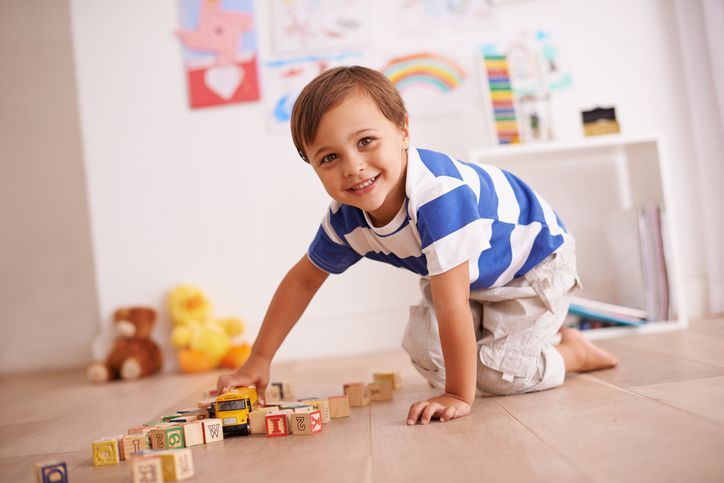 Each has four balls or sandbags. At the signal of the teacher, the children throw but 2 times with their right and left hands, then run to the balls, pick them up and come back.
Each has four balls or sandbags. At the signal of the teacher, the children throw but 2 times with their right and left hands, then run to the balls, pick them up and come back. 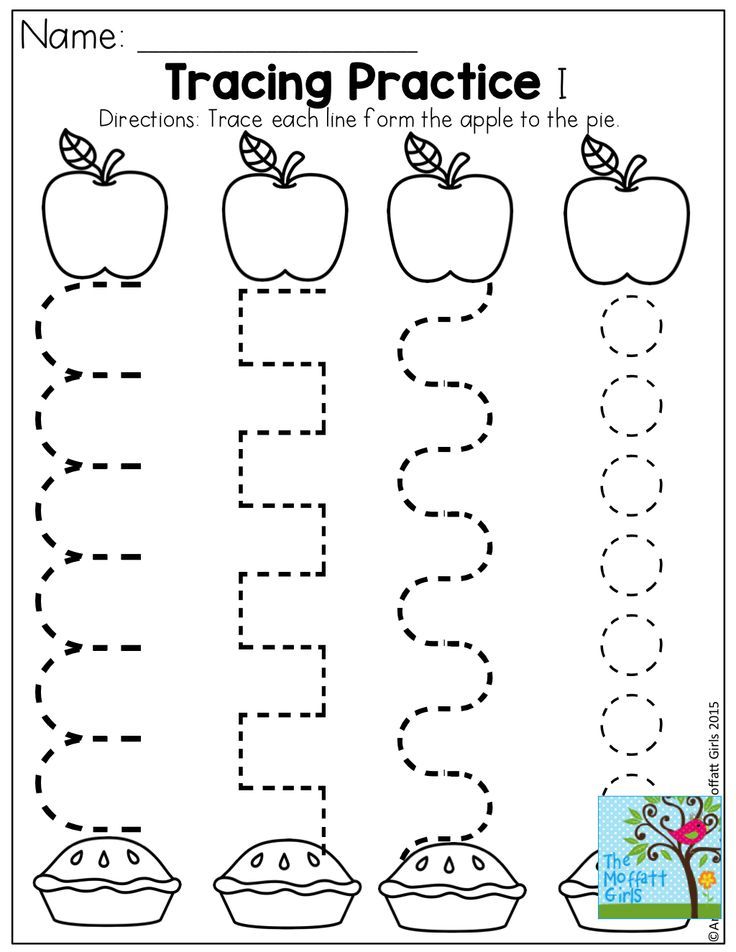
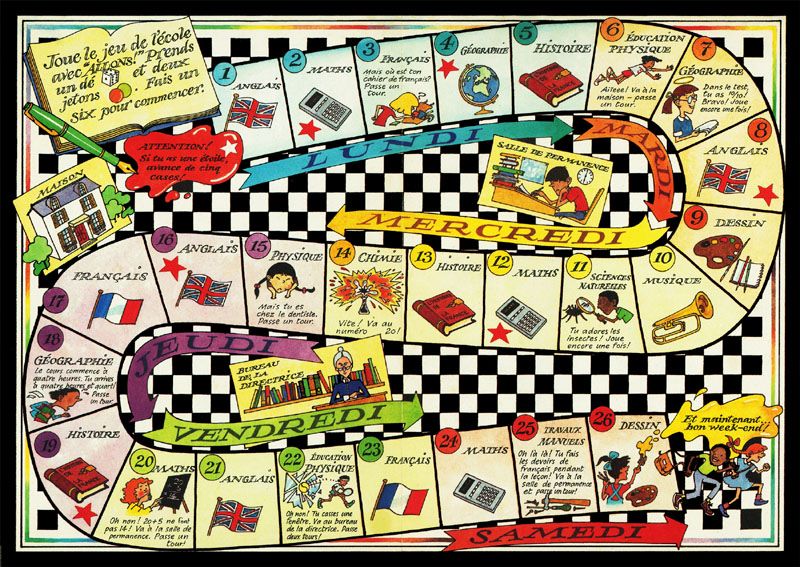
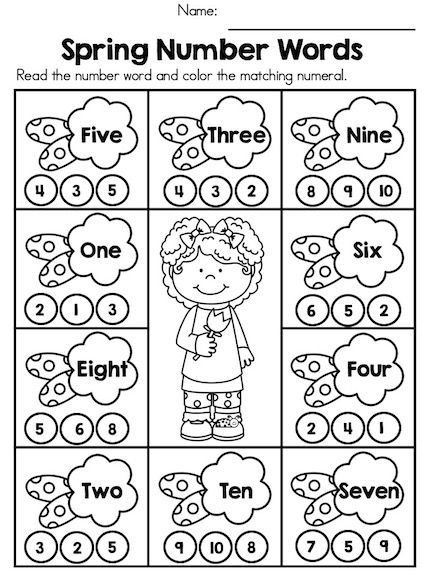 Chickens run away – crawl under the cord and hide in the house. The watchman goes around the garden and also returns home.
Chickens run away – crawl under the cord and hide in the house. The watchman goes around the garden and also returns home. 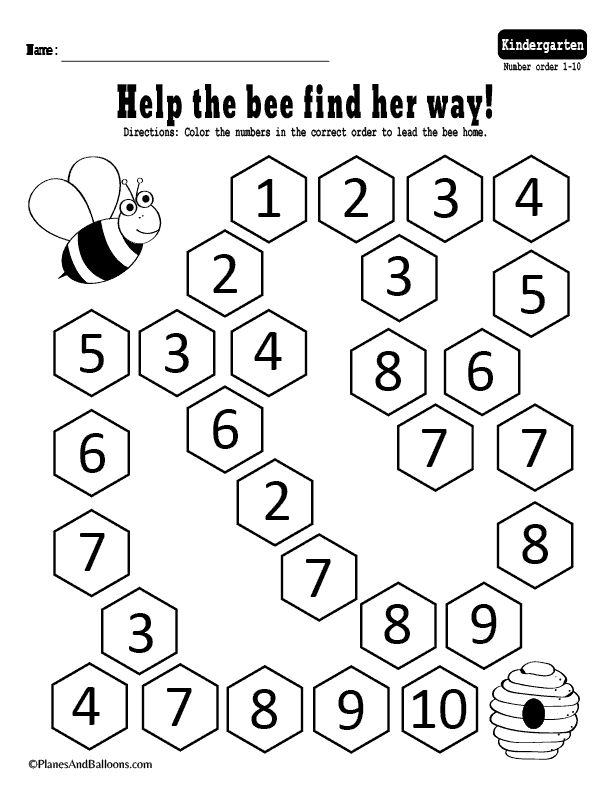
 nine0003
nine0003  The teacher repeats the poem. After two or three repetitions, the teacher pronounces the following text:
The teacher repeats the poem. After two or three repetitions, the teacher pronounces the following text:  Take care of the object
Take care of the object  The teacher, together with the children, pronounces the text slowly, with an arrangement, giving the children the opportunity to do what the poem says:
The teacher, together with the children, pronounces the text slowly, with an arrangement, giving the children the opportunity to do what the poem says: 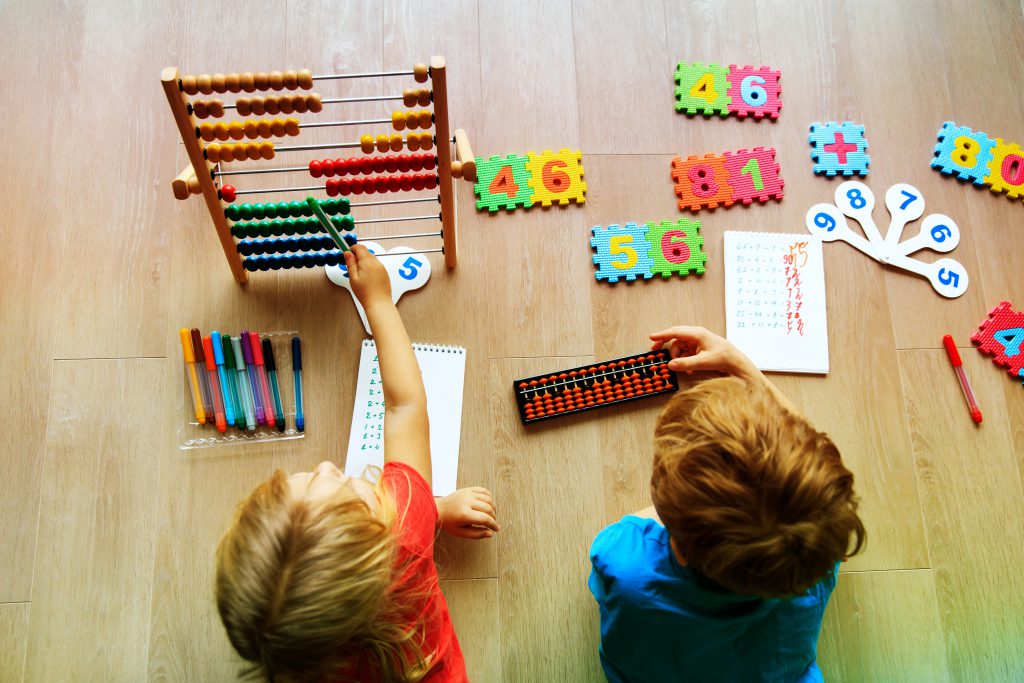 He passes them on to other children and the game is repeated. nine0003
He passes them on to other children and the game is repeated. nine0003 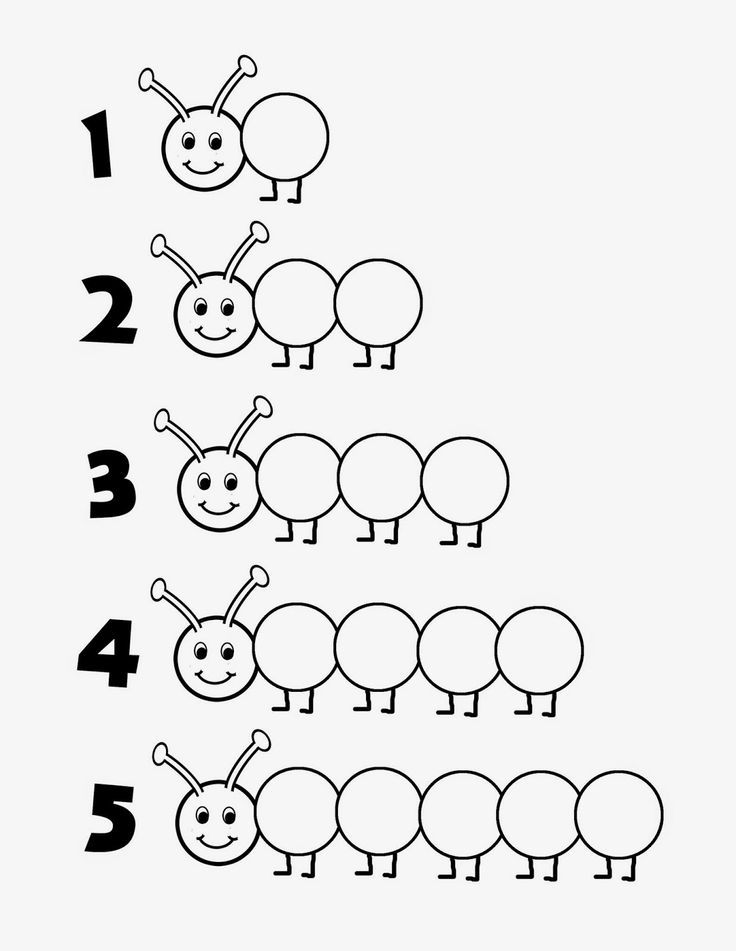 nine0009 Come on, Valya, come out,
nine0009 Come on, Valya, come out, 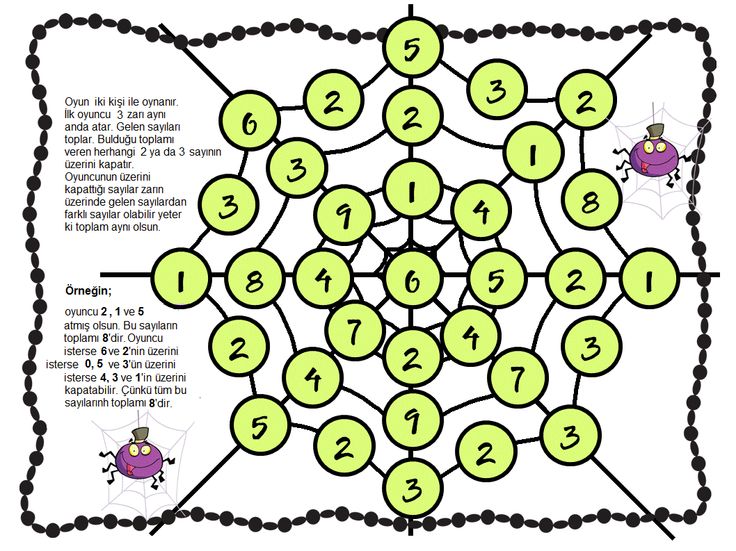 Develops dexterity, speed, attentiveness. It can successfully pass among a company of different ages. Suitable for home and street.
Develops dexterity, speed, attentiveness. It can successfully pass among a company of different ages. Suitable for home and street. 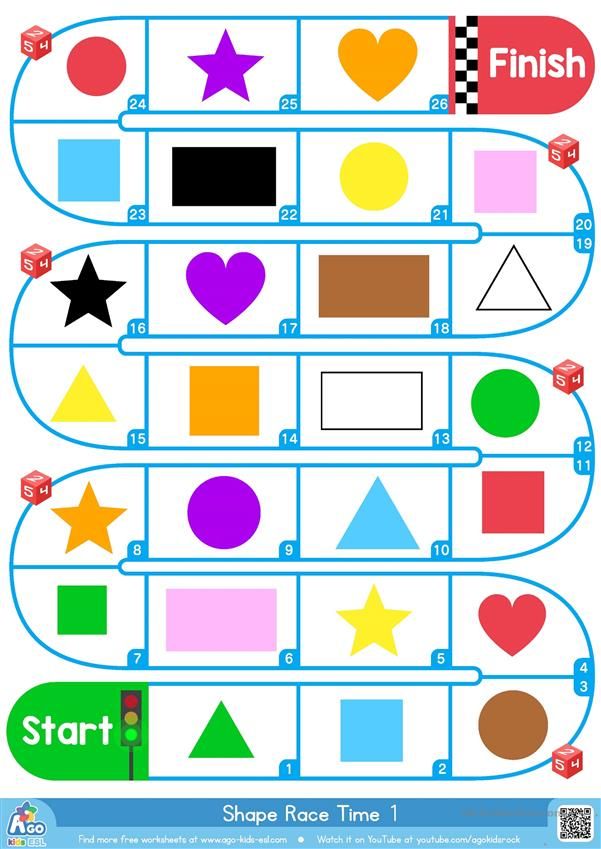 Verbal accompaniment can be added to the game:
Verbal accompaniment can be added to the game: 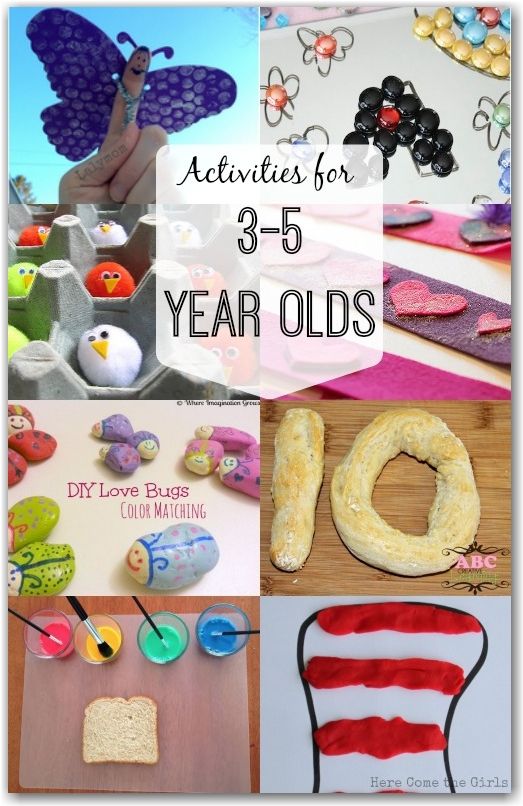
 You can play not only with nouns, but also with verbs and adjectives.
You can play not only with nouns, but also with verbs and adjectives. 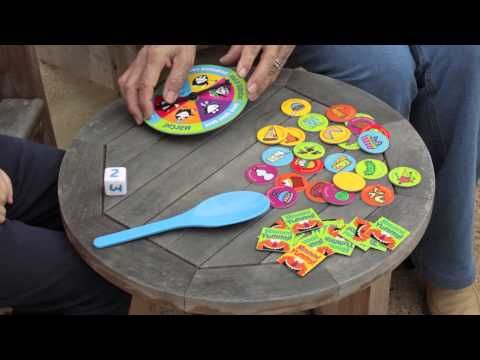 The last player left without a ball wins.
The last player left without a ball wins. 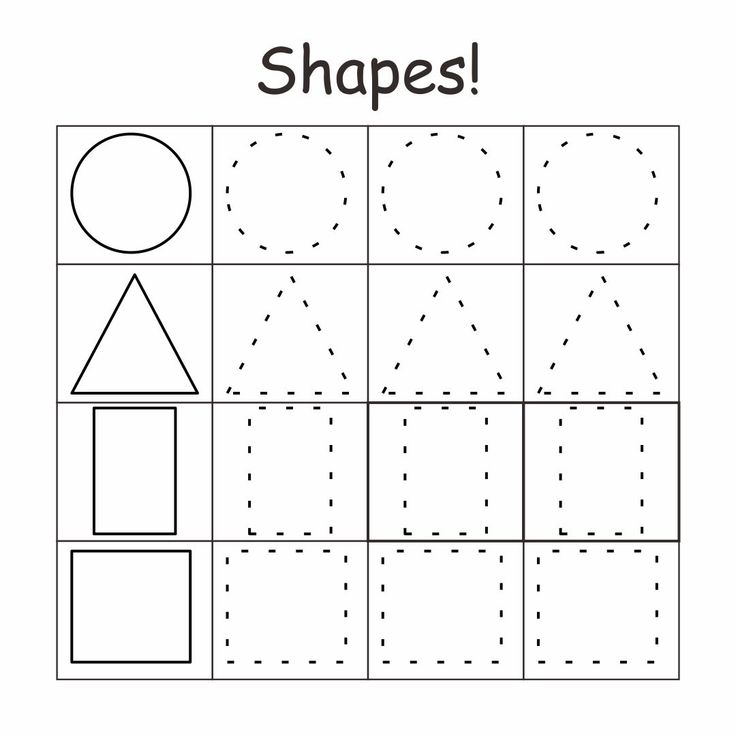 Lets loosen up. Suitable for home.
Lets loosen up. Suitable for home. 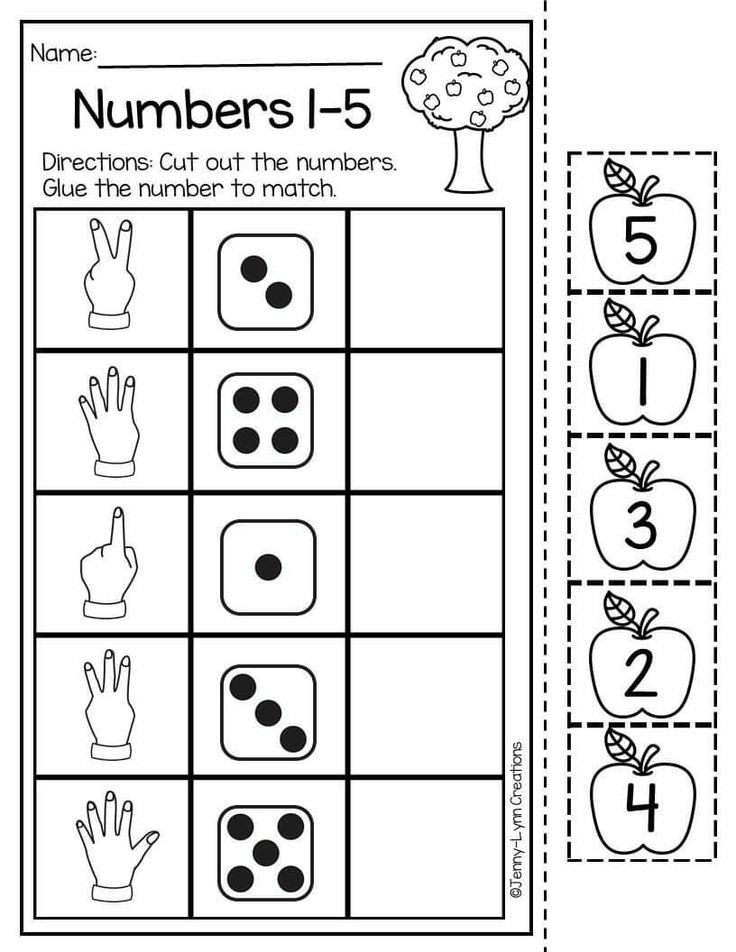 It’s good if the distance from the rope to the hedgehogs is 10 meters. The team whose hedgehog bristles better wins, i.e. which will have more clothespins – needles. The second team can be given a prize for the most original / cute / funny hedgehog (according to circumstances). nine0003
It’s good if the distance from the rope to the hedgehogs is 10 meters. The team whose hedgehog bristles better wins, i.e. which will have more clothespins – needles. The second team can be given a prize for the most original / cute / funny hedgehog (according to circumstances). nine0003 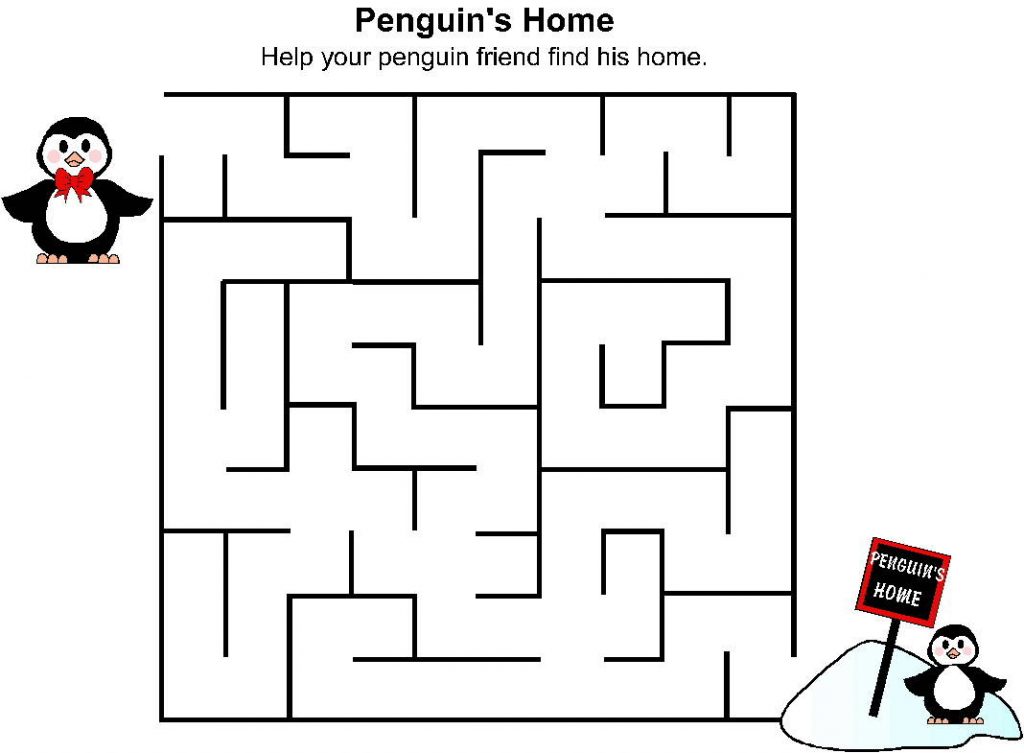 nine0003
nine0003 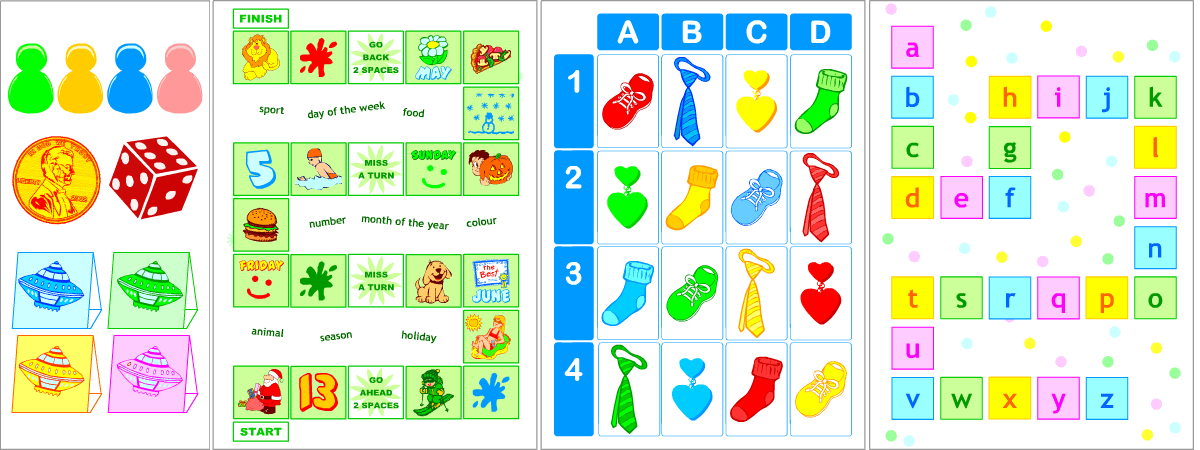 Alternatively, you can describe this animal only with adjectives (for example: cunning, red, fluffy … – fox). The goal is to find out as quickly as possible who is involved. nine0003
Alternatively, you can describe this animal only with adjectives (for example: cunning, red, fluffy … – fox). The goal is to find out as quickly as possible who is involved. nine0003 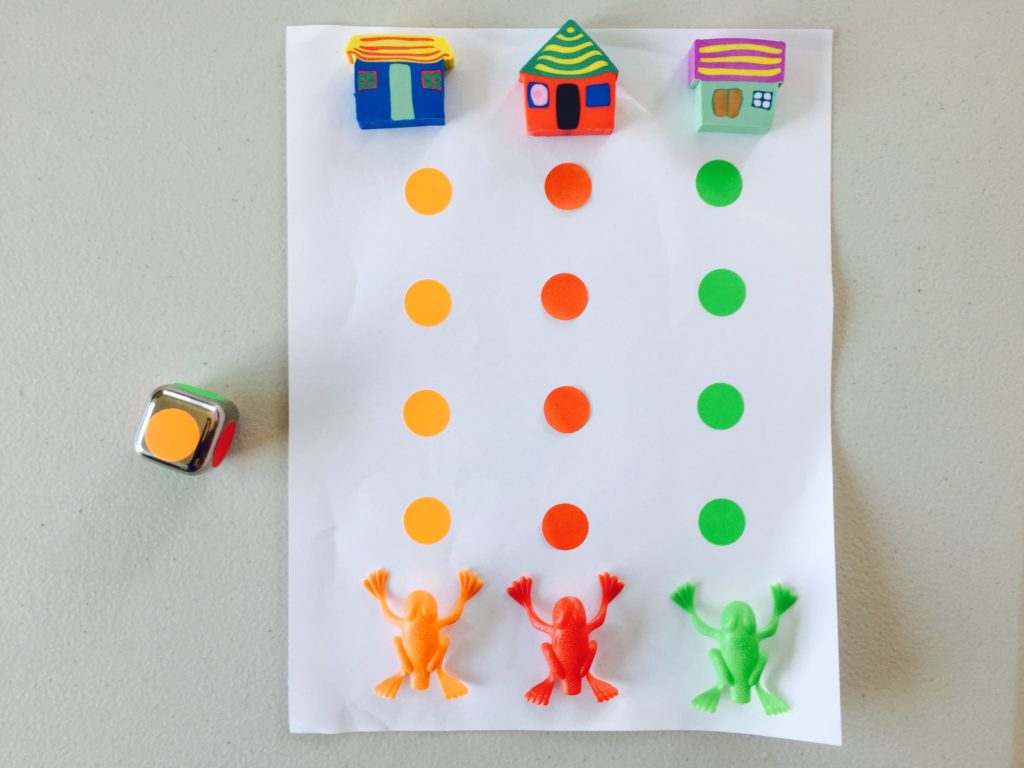 From those who made a mistake, you can take forfeits, according to which funny tasks are then blindly assigned.
From those who made a mistake, you can take forfeits, according to which funny tasks are then blindly assigned. 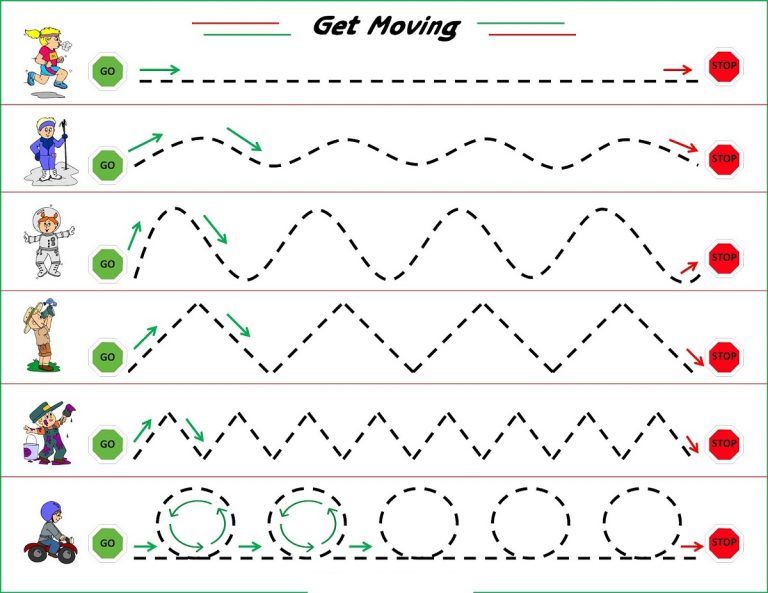 Having made a map like a puzzle, all invitees are looking for treasure and discover something tasty or interesting. Before this game, it is better to practice and draw up a similar plan with the children, pronouncing how and what is indicated. It is important to draw the children’s attention to the fact that the plan is, as it were, a view from above. In case of difficulty in finding the treasure, the leader prompts, directing the children in the right direction. nine0003
Having made a map like a puzzle, all invitees are looking for treasure and discover something tasty or interesting. Before this game, it is better to practice and draw up a similar plan with the children, pronouncing how and what is indicated. It is important to draw the children’s attention to the fact that the plan is, as it were, a view from above. In case of difficulty in finding the treasure, the leader prompts, directing the children in the right direction. nine0003 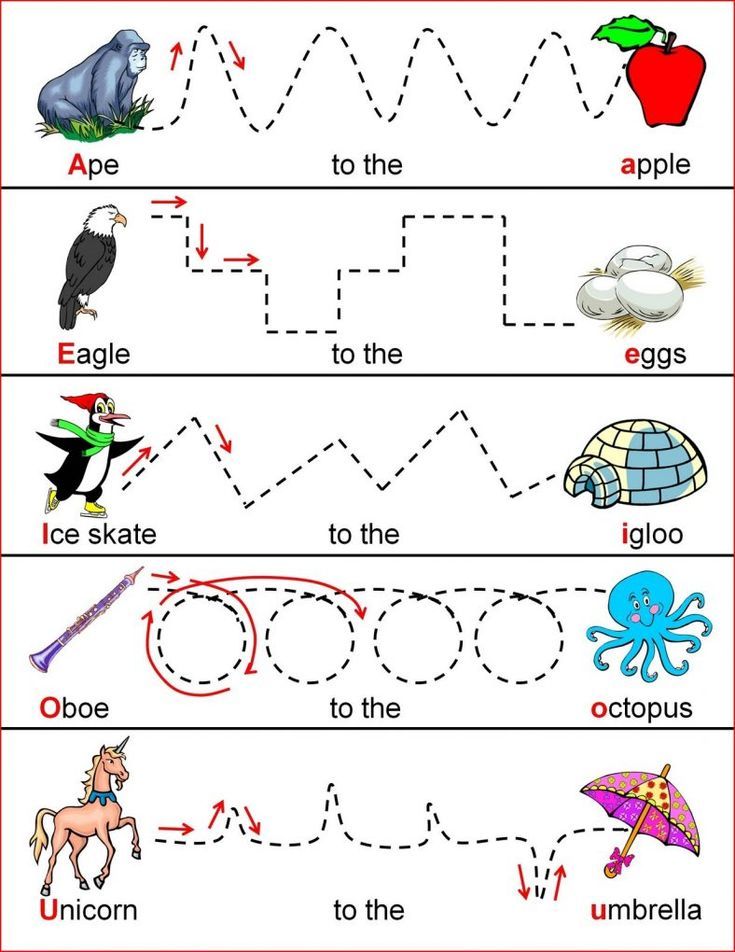 Develops attention and counting skills. Suitable for home and street.
Develops attention and counting skills. Suitable for home and street. 